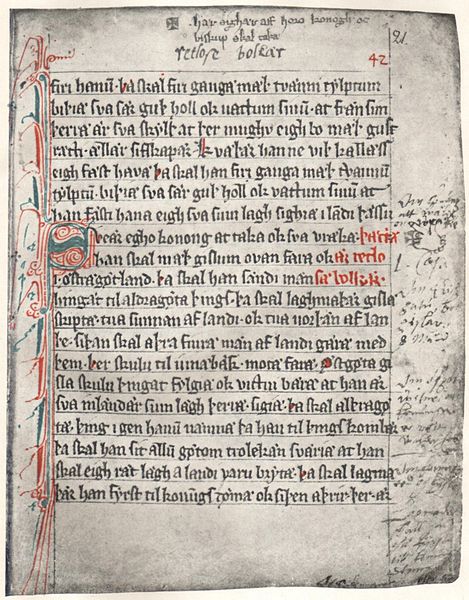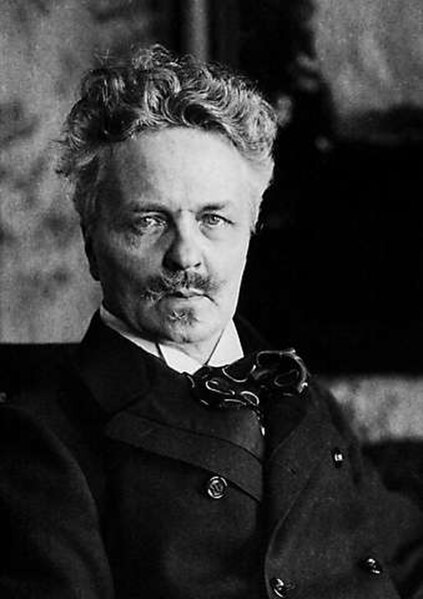The Swedish alphabet is a basic element of the Latin writing system used for the Swedish language. The 29 letters of this alphabet are the modern 26-letter basic Latin alphabet plus ⟨å⟩, ⟨ä⟩, and ⟨ö⟩, in that order. It contains 20 consonants and 9 vowels. The Latin alphabet was brought to Sweden along with the Christianization of the population, although runes continued in use throughout the first centuries of Christianity, even for ecclesiastic purposes, despite their traditional relation to the Old Norse religion. The runes underwent partial "latinization" in the Middle Ages, when the Latin alphabet was completely accepted as the Swedish script system, but runes still occurred, especially in the countryside, until the 18th century, and were used decoratively until mid 19th century.
Swedish handwritten alphabet
Swedish is a North Germanic language from the Indo-European language family, spoken predominantly in Sweden and in parts of Finland. It has at least 10 million native speakers, the fourth most spoken Germanic language and the first among any other of its type in the Nordic countries overall.
The initial page of the first complete copy of Västgötalagen, the law code of Västergötland, from c. 1280. It is one of the earliest texts in Swedish written in the Latin script.
Front page of Gustav Vasa's Bible from 1541, using Fraktur. The title translated to English reads: "The Bible / That is / The Holy Scripture / in Swedish. Printed in Uppsala. 1541".
August Strindberg, one of the most influential writers in modern Swedish literature.
A sign on the wall of a Swedish hotel, using both the recommended dem and the colloquial dom for the word "them" on the same sign.





